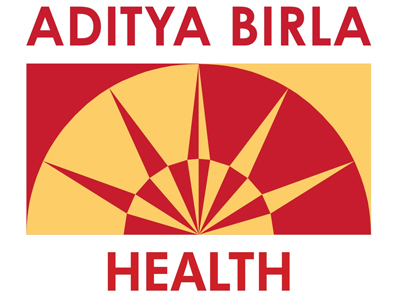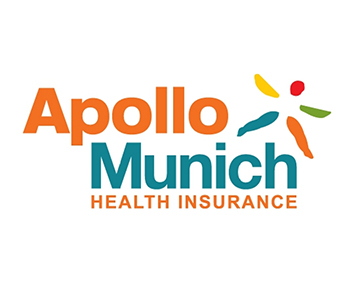Corneal Infection / Ulcer Management
Corneal infection ulcer management involves targeted antibiotic treatment, anti-inflammatory therapy, and frequent monitoring to promote healing and prevent vision loss.
In Numbers
Demographics
Technology / Innovation
LJEI is equipped with all the latest and rare Machines / Technology including AI.
Research
We preserve every single case study to handle any complex situation and publish research papers time to time.
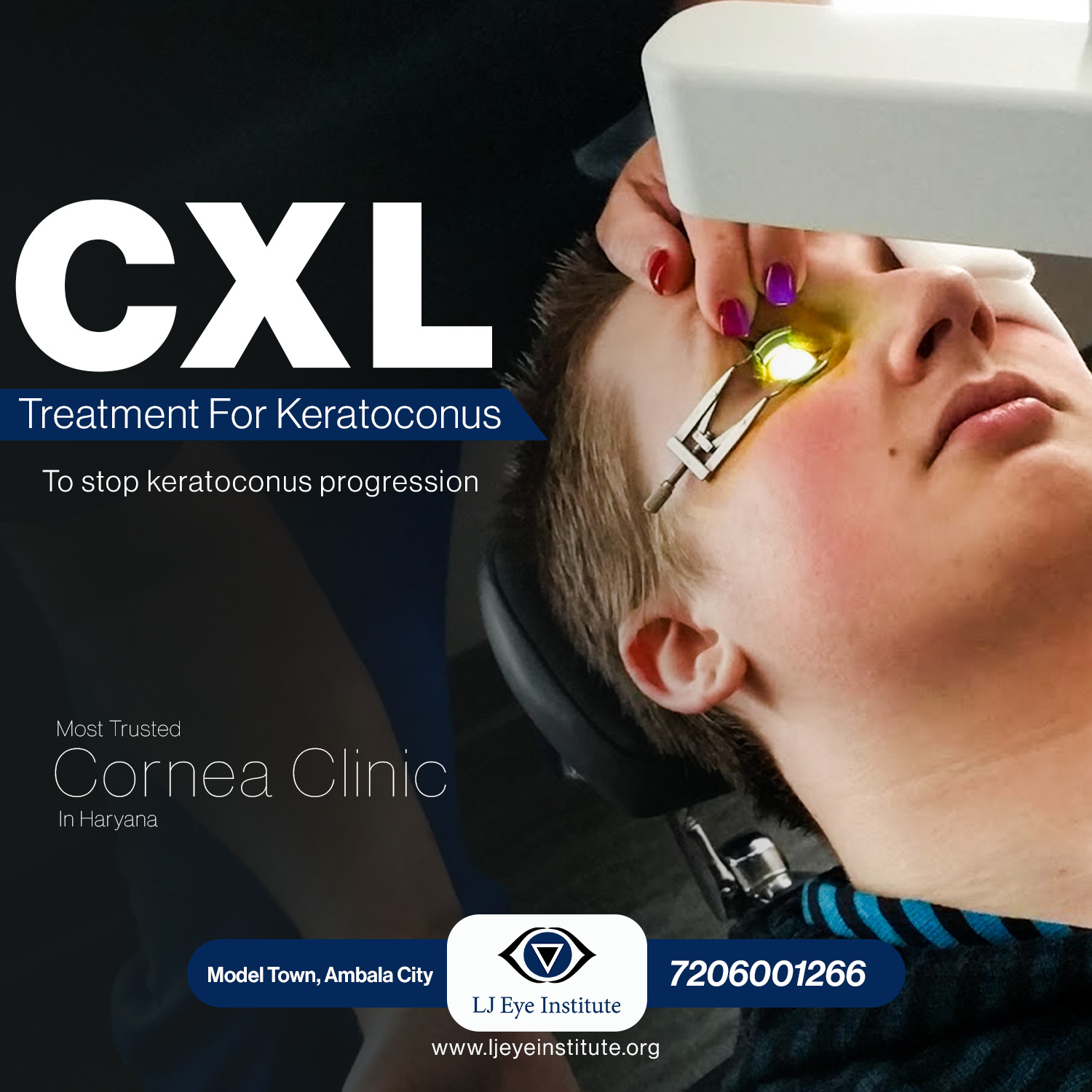
Infection / Ulcer Management
What is corneal Infection / Ulcer Management?
Corneal infection/ulcer management is the process of diagnosing and treating infections or ulcers that affect the cornea, the clear, protective layer at the front of the eye. The management typically involves:
- Diagnosis: Identifying the cause of the infection or ulcer, which could be bacterial, viral, fungal, or due to other factors.
- Antimicrobial Treatment: Administering appropriate antibiotics, antivirals, or antifungals to target the specific pathogen.
- Anti-inflammatory Therapy: Using anti-inflammatory medications to reduce pain, swelling, and redness.
- Supportive Care: Implementing measures to support healing, such as using artificial tears or protective contact lenses.
- Monitoring: Regular follow-up to assess the effectiveness of treatment, make adjustments, and prevent complications.
Effective management is crucial to restore corneal health, prevent vision loss, and avoid potential complications.
Symptoms/Conditions
Corneal infection/ulcer management involves addressing symptoms and conditions associated with corneal infections or ulcers. Symptoms include persistent redness, severe eye pain, blurred vision, discharge from the eye, increased sensitivity to light, swelling of the eyelids or conjunctiva, and a foreign body sensation. The conditions requiring management can range from bacterial keratitis, which causes corneal ulcers due to bacterial infection, to viral keratitis from viruses like herpes simplex, fungal keratitis from fungal organisms, and Acanthamoeba keratitis linked to improper contact lens use. Effective management requires diagnosing the specific cause and providing targeted treatment to alleviate symptoms and promote corneal healing.
Corneal ulcer symptoms vary widely. The most common ones include:
- Red or bloodshot eye
- Teary or watery eye (epiphora)
- Eye pain (can vary from mild discomfort or aching to severe
pain). - Feeling like something’s stuck in your eye, like a hair or dust
(foreign object sensation) - Light sensitivity (photophobia)
- Blurred vision
- Inflamed or swollen eyelids (blepharitis)
- A white or gray spot on your cornea (these aren’t always visible, and even when they are, they can be hard to see without the right tools).
What is the best medicine for corneal ulcers?
What is the first line of treatment for corneal ulcers?
What is the emergency treatment for corneal ulcer?
What ointment is used for corneal ulcers?
How long do corneal infections last?
Which oral antifungals treat corneal ulcer?
What is the best eye ointment for corneal erosion?
- Lubrication at night is generally given in the form of a lubricant ointment such as Lacrilube, Refresh PM, HypoTears ointment or AKWA Tears ointment.
- If the eye has a large area of corneal abrasion, treatment with a bandage contact lens (BCL) and antibiotics may be attempted.
How can I heal my cornea fast?
What antibiotic ointment is safe for eyes?
What is triple antibiotic ophthalmic ointment?


in which conditions CXL can be used?
Red or bloodshot eye
Blurred vision
Teary or watery eye (epiphora)
Light sensitivity (photophobia)
Inflamed or swollen eyelids (blepharitis).
Foreign Body Sensation
Number of CXL procedures performed at LJEI
Corneal Collagen Cross Linking Procedures
Why to choose LJ Eye Institute for Collagen Cross Linking Surgery?
At LJ Eye Institute we use most advanced Eye Transplant techniques whichever is available in the world, which further help to increase the success rate. Where using traditional techniques the success rate is 70% to 75%, the new techniques increase the success rate to 90% to 95%.These advanced techniques includes DMEK, DALK, DSEK, using such techniques we need not to change whole Cornea and we change only One or required number of layers of Cornea.

Technology @ LJEI
Technology Available For CXL at LJEI
LJ Eye Institute employs ultra-advanced technologies for Cornea Transplant procedures.
- We utilize Femtosecond LASER technology for Cornea Transplants, ensuring precision and accuracy compared to conventional blade methods.
- Our facility is equipped with specialized equipment including Specular Microscope for assessing corneal power, Topography, Pentacam, Anterion, and OCT for comprehensive evaluation.
- We integrate the latest available technologies from around the world to achieve the highest success rates in Cornea Transplants.
- For pediatric cases, we have a dedicated spare system and have extensively researched Pediatric Cornea diseases, with publications in national and international medical journals.
- LJ Eye Institute is at the forefront of Stem Cell Transplantation, particularly in the pioneering SLET technique, with numerous published papers showcasing our advancements and modifications in the field.

Still Have Questions?
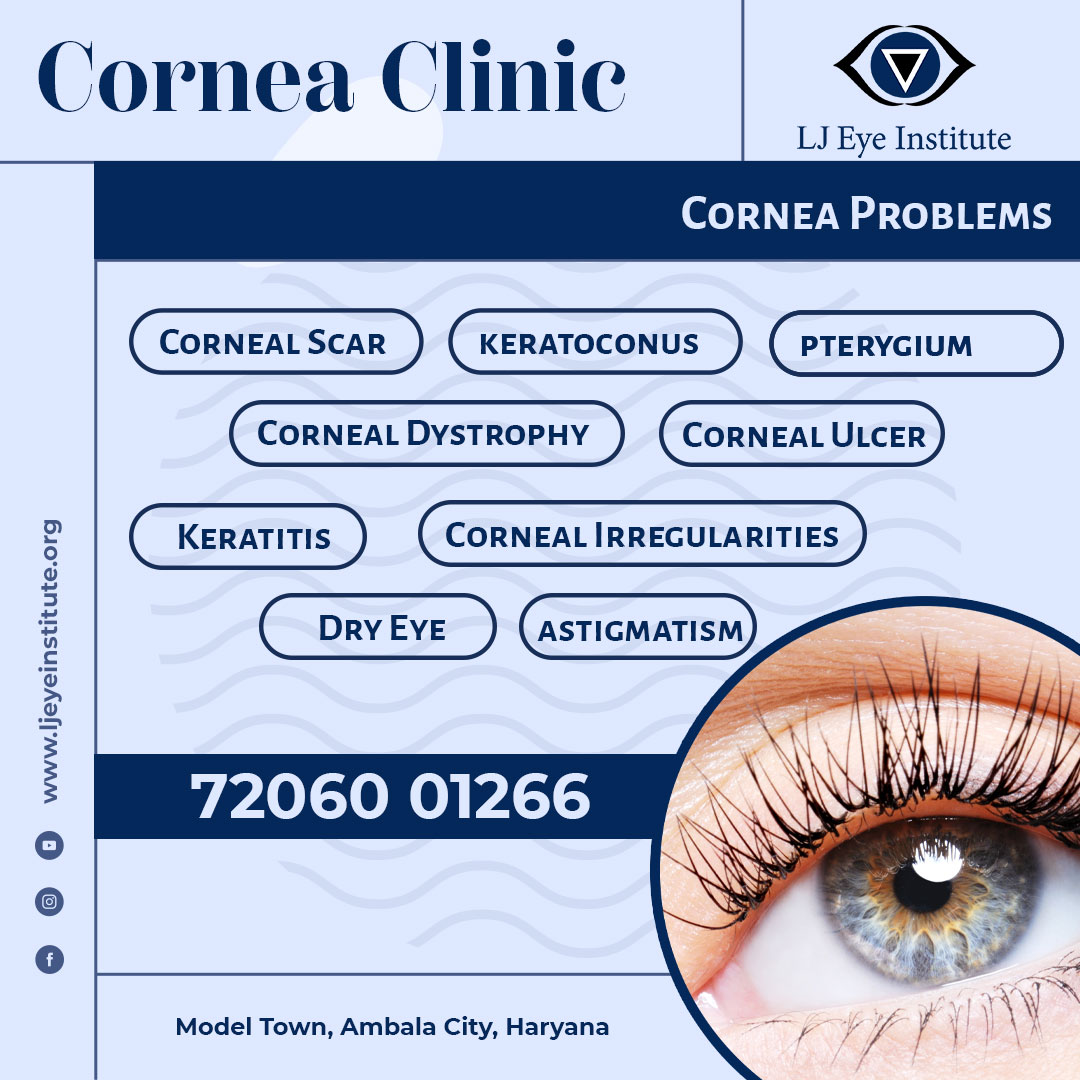
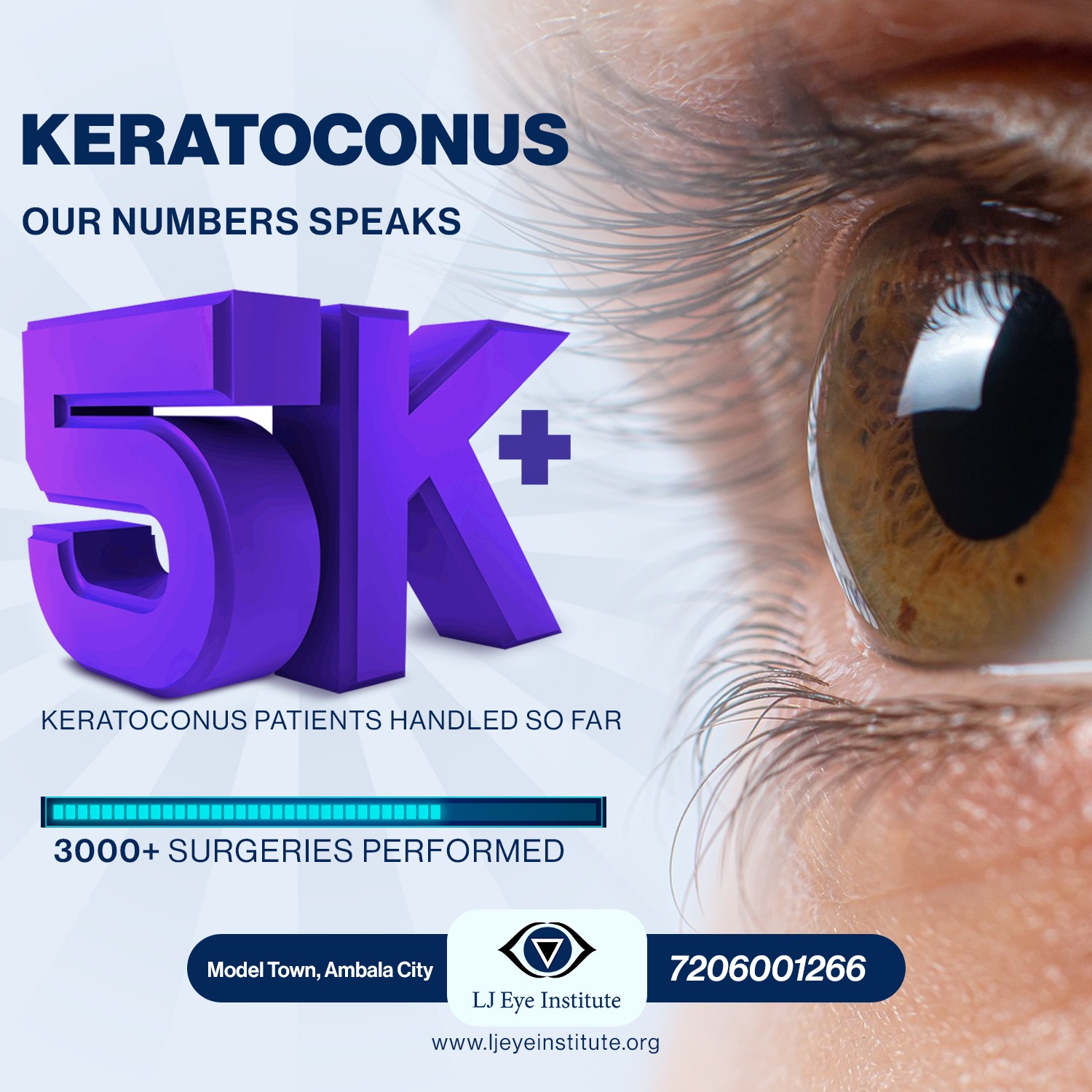
Cornea Patients Feedbacks

Your content goes here. Edit or remove this text inline or in the module Content settings. You can also style every aspect of this content in the module Design settings and even apply custom CSS to this text in the module Advanced settings.

Your content goes here. Edit or remove this text inline or in the module Content settings. You can also style every aspect of this content in the module Design settings and even apply custom CSS to this text in the module Advanced settings.

Your content goes here. Edit or remove this text inline or in the module Content settings. You can also style every aspect of this content in the module Design settings and even apply custom CSS to this text in the module Advanced settings.

Your content goes here. Edit or remove this text inline or in the module Content settings. You can also style every aspect of this content in the module Design settings and even apply custom CSS to this text in the module Advanced settings.

Your content goes here. Edit or remove this text inline or in the module Content settings. You can also style every aspect of this content in the module Design settings and even apply custom CSS to this text in the module Advanced settings.

Your content goes here. Edit or remove this text inline or in the module Content settings. You can also style every aspect of this content in the module Design settings and even apply custom CSS to this text in the module Advanced settings.




